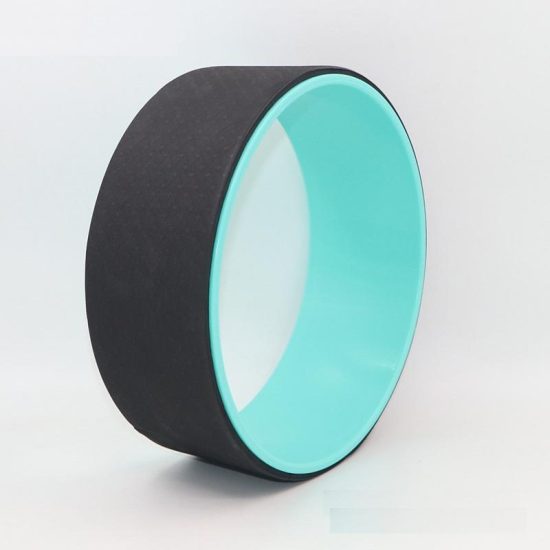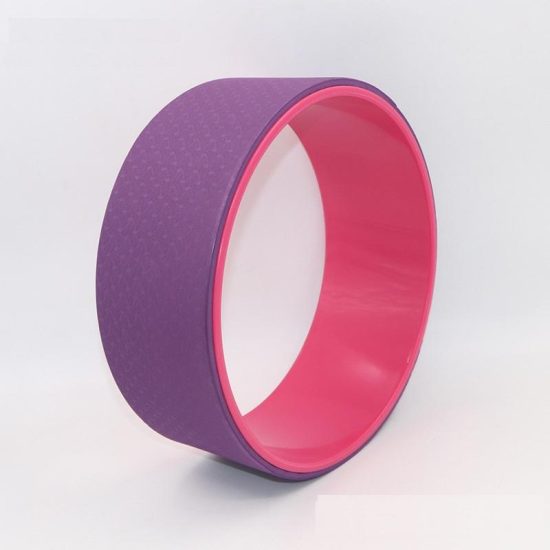Investing in high-quality yoga mat upgrades can significantly enhance your yoga practice by providing better comfort, stability, and support. Here are some potential upgrades to consider:
- Thicker Mat:
- Opt for a thicker mat, especially if you have sensitive joints or if your practice involves a lot of kneeling or lying down. Mats typically range from 1/16 inch to 1/4 inch in thickness.
- Eco-Friendly Materials:
- Consider a yoga mat made from eco-friendly materials such as natural rubber, TPE (thermoplastic elastomer), or cork. These materials are more sustainable and often have better grip and durability.
- Alignment Lines:
- Some mats come with alignment lines or markers to help you maintain proper body alignment during poses. This can be especially beneficial for beginners or those working on improving their form.
- Non-Toxic and Hypoallergenic Mats:
- Choose a mat that is made from non-toxic and hypoallergenic materials to ensure a healthy and safe practice. Look for mats that are free from harmful chemicals such as PVC, latex, and phthalates.
- Extra Length:
- If you’re taller or simply prefer more space, consider investing in an extra-long yoga mat. This ensures that you have enough room to stretch out comfortably.
- Closed-Cell Construction:
- Mats with closed-cell construction are moisture-resistant and are easier to clean. This is particularly useful if you tend to sweat a lot during your practice.
- Antimicrobial Finish:
- Some mats come with an antimicrobial finish to prevent the growth of bacteria and fungi. This feature can help keep your mat clean and hygienic over time.
- Travel-Friendly Mat:
- If you’re always on the go, invest in a lightweight and compact travel mat. These mats are designed to be easily folded or rolled up, making them convenient for yoga on the road.
- Grip and Traction:
- Look for a mat with excellent grip and traction to prevent slipping, especially during more challenging poses. Mats with a textured or nonslip surface are ideal for providing stability.
- Specialized Mats:
- Depending on your practice, consider specialized mats. For example, if you practice hot yoga, there are mats designed specifically for better grip in sweaty conditions.
- Layered Construction:
- Some high-end mats have layered constructions with different materials for optimal cushioning and support. These mats often provide a balance between comfort and stability.
- Investment in Durability:
- Consider your yoga mat as a long-term investment. Higher-quality mats might come with a higher upfront cost, but their durability can save you money in the long run.
Before making a purchase, it’s a good idea to read reviews, try out mats in-store if possible, and consider your specific needs and preferences. Your yoga mat is a personal tool for your practice, so finding the right one for you can make a significant difference in your overall experience.


